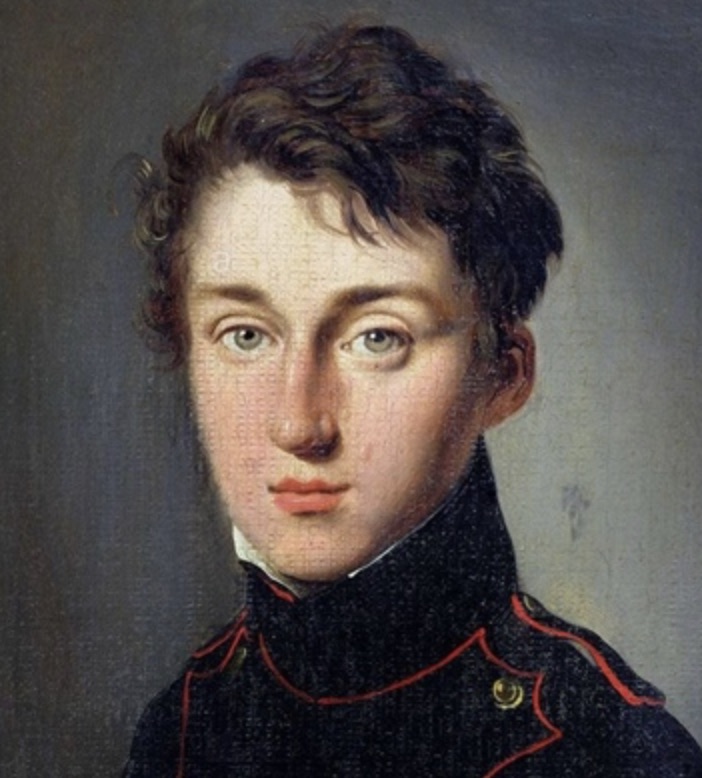
Nicolas Léonard Sadi Carnot was born on June 1, 1796 into a scientifically and politically prominent family, in Paris, at the Palais du Petit-Luxembourg. His father, Lazare Carnot, was a prominent mathematician who had served as a military engineer during the French Revolution and in 1799, had become Napoleon’s Minister of War. Recognizing Sadi’s intellectual potential, Lazare resigned his position in 1807 and schooled his oldest son in mathematics and science before enrolling him in the Lycée Charlemagne. In 1812, when Sadi reached the minimum entry age of 16, he passed the challenging entrance examinations for entry into the prestigious École Polytechnique in Paris where his teachers included Siméon-Denis Poisson and André-Marie Ampère.
In 1814, while enrolled in the École Polytechnique, Sadi and some of his classmates joined in Napoleon’s unsuccessful defence of Vincennes, just east of Paris. Later that year, Carnot graduated from the École Polytechnique and enrolled in the École du Génie at Metz to study military engineering. However, the following year, Napoleon returned from his exile on Elba, resumed his role as Emperor and led the next phase of his campaign. He appointed Lazare Carnot as Minister of the Interior. After the defeat of Napoleon in the Battle of Waterloo in 1815, Lazare Carnot was exiled and lived the remainder of his years in Germany.
In the years that followed, Carnot held a variety of different positions, but he eventually became involved in the study of gases, heat transfer and, in particular, steam engines. The last of these had been vital for the newly emerging “engines of war.” Although various steam-driven engines had evolved during these early years of the industrial revolution, many were inefficient and required a large energy input to yield a modest energy output.
Attempting to find solutions to this problem Carnot focussed on studying the efficiency of heat engines. In his 1824 publication Réflexions sur la puissance motrice du feu et sur les machines propres à développer cette puissance (Reflections on the Motive Power of Fire and on the requirements for machines to develop such power) Carnot introduced the concept of the idealized heat engine, now known as the Carnot engine. He demonstrated that the efficiency of a heat engine depends on the temperature difference between the hot and cold reservoirs and that no engine could be more efficient than a Carnot engine operating between these two temperatures.
Carnot’s principles laid the foundation for the second law of thermodynamics and introduced the concept of the Carnot cycle, a theoretical construct that describes the most efficient sequence of processes for a heat engine. His work was ahead of its time, and it was only later recognized and expanded upon by scientists such as Rudolf Clausius and William Thomson (Lord Kelvin).
Despite the profound impact of his work, Carnot’s contributions were not widely recognized during his lifetime. After publishing his groundbreaking treatise, he continued to work on various scientific problems but published little else. Tragically, Carnot died from cholera on August 24, 1832, in Paris, at the age of 36.
Carnot’s ideas eventually gained the recognition they deserved and have had a lasting influence on the fields of thermodynamics and physical chemistry. The Carnot cycle remains a fundamental concept in the study of thermodynamics, and the Carnot efficiency is a standard measure of the maximum possible efficiency of any heat engine.
